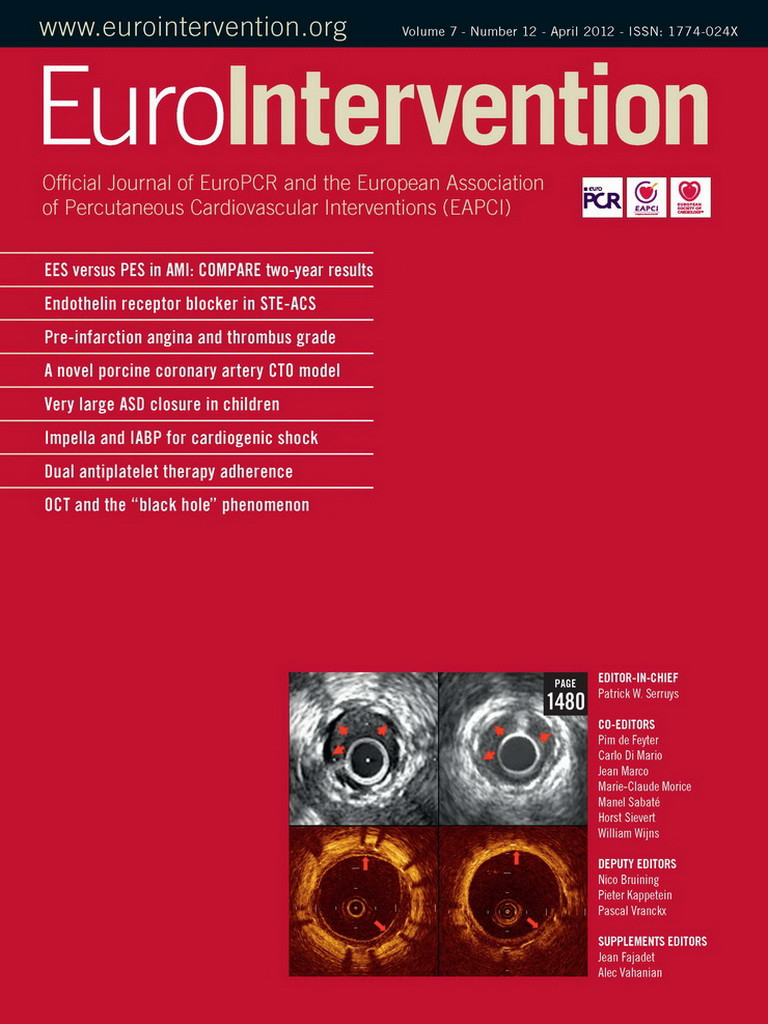Dear Colleagues,
There are many reasons to discount things, especially those that we are uncomfortable with. We acted like this when we were children, and many of us continue acting this way today as adults. Still, there comes a time when we have to face these unfortunate observations “en face”, to look at them clearly, without any illusions or fears and try to understand what they mean.
The recent emergence of troubling cases concerning brain malignancies in the left hemisphere of interventional cardiologists is just such an observation.1 Until today, no epidemiological tool has been established to investigate this phenomena and I believe the time has now come to look at these cases as scientists, and not just as the interested parties that we all are. We can begin by trying to understand what we know about the observations published so far.1
Of course, this might be a false alarm, but is this a reason not to investigate it?
Do we know if a common denominator exists that connects all these cases? Is that denominator, perhaps, that reported cases appear to occur –or have occurred– at the end of a career or in retirement?
We know the situation itself is complex, but the head is the one part of the body that is not protected. We protect the thyroid, but not the head. Is this wise?
In the long-term, we will be looking towards the development of protection devices, such as a special helmet or perhaps a specially designed panel. Another alternative could be distance, the approach that Beyar et al proposed in 2005 using robotics.2 But, returning to the present, we can only suggest that in the immediate future the community collect, one way or another, all the data available. Today, however, the main concern is the difficult task of data collection –who will undertake the initiative and responsibility?
It is not the task of EuroIntervention to collect data, our role is to publish it.
Maybe it is the responsibility of a professional body to begin this task?
As I attend meetings and congresses I sense a fear within the community to address this issue. It is unclear why some are against it. A few of my peers seem to have their “heads in the sand”, whilst others seem to believe that reporting on this has a certain sensationalist, even tabloid character to it. But it is only the way we deal with it ourselves that can finally determine how this issue will appear. If we deal with it in the same scientific way we approach other clinical challenges, then we can ensure that the results –negative or positive as they may be– will be treated with dignity and on the highest level.
It is our choice.
Within our relatively young field, now 30-years-old, some of us are reaching the end of our careers. Now, quietly before us, this new phenomena is coming to the fore. Personally, I have never heard this reported before in interventional cardiology, so it must be a new observation that is only now taking form in our speciality. Still, it is quite sobering to think that Marie Skłodowska-Curie, famous for her pioneering research on radioactivity, should have passed away in 1934 after contracting aplastic anaemia… never realising the detrimental effects of radiation on her own life, or on the lives of others.

